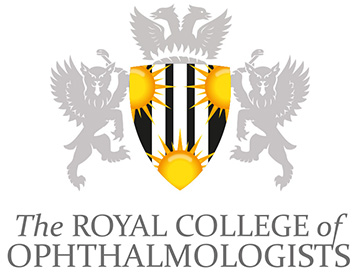The Clinical Council for Eye Health Commissioning urges Sustainability and Transformation Plan leaders to include eye care in their delivery plans
1 February 2017
The CCEHC believes that working at Sustainability and Transformation Plan (STP) level has significant potential to improve care and prevention, and enable commissioners to transform services at scale within likely available resources. With the exception of two STP areas that are including eye care in their plans[1], the risk is that opportunities to transform and modernise these impactful and resource intensive services will be overlooked simply because eye disease is not in the news headlines like A&E waits. Yet, hospital eye service capacity and sustainability pressures are still increasing.
With an average population of 1.2m, STPs provide the opportunity for groups of Clinical Commissioning Groups (CCGs) to work with eye care providers and Local Eye Health Networks (LEHNs) across whole pathways, and over acute trust footprints, to develop transformed and sustainable services – and deliver the ambitions of the Five Year Forward View – within a relatively short period.
Ophthalmology accounts for 8 per cent of the 90 million hospital outpatient appointments in England (NHS Digital 2016). Increasing eye health needs due to the ageing population and availability of new treatments are generating severe capacity issues within the hospital eye service. With an increase of up to 30% in eye clinic attendances over the last five years, we can no longer on the grounds of patient safety ignore the pressure building up in ophthalmic services[2].
The CCEHC has brought together groups of experienced clinical leaders and patient advocates to design commissioning frameworks for community ophthalmology[3] and primary eye care[4]. The frameworks are underpinned by Right Care principles i.e. that patients should be managed in the most appropriate service according to clinical risk stratification of their condition and the skills of the practitioner.
The main objective of the community ophthalmology framework is to release capacity and improve patient flows within the health system by managing and monitoring low risk and stable conditions within the community; and that of the primary eye care framework to improve the work up by specifying additional services prior to a referral, thereby both improving the quality of referral and reducing the number of referrals into the hospital eye service.
At a time of great challenges and opportunities for the NHS, it is essential to make sure we deliver cost effective quality care to patients in England. Having a more consistent approach to eye care pathways will lead to a more integrated and efficient overall service, with quicker access for those patients who need hospital services and treatment – so important for better outcomes for patients. Commissioning eye care at STP level will reduce the inequalities and variations in care that inevitably occur when commissioning at CCG level. It will also lead to better management of limited NHS resources.
Contact: Olivier Denève, Secretary to the Clinical Council for Eye Health Commissioning olivier.deneve@college-optometrists.org 020 7766 4383
[1] Staffordshire STP and Birmingham & Solihull STP.
[2] https://curriculum.rcophth.ac.uk/2016/05/rcophths-three-step-plan-to-reduce-risk-for-eye-patients/
[3] http://www.college-optometrists.org/en/EyesAndTheNHS/devolved-nations/england/clinical-council-for-eye-health-commissioning/ccehc-framework.cfm
[4] http://www.college-optometrists.org/en/EyesAndTheNHS/devolved-nations/england/clinical-council-for-eye-health-commissioning/ccehc-framework.cfm
